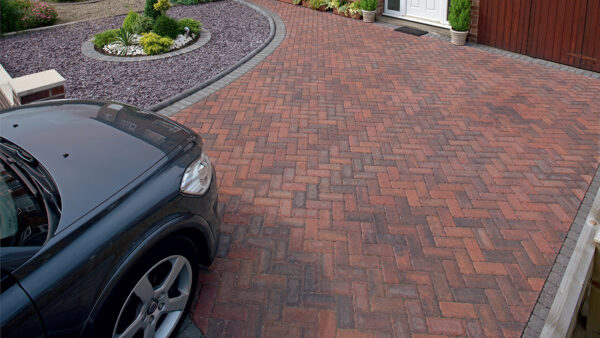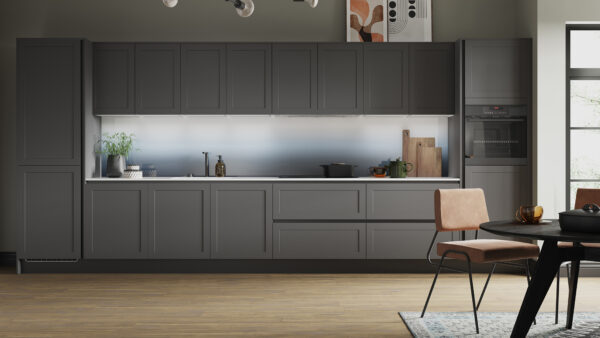Porcelain is known to be a tricky material to work with. Of course, once laid correctly it’s sturdy and will last for many years, but during installation there’s a real risk of accidentally damaging the material and cracking it. This, along with other factors, means that the process of laying porcelain is a bit different to your traditional materials.
We caught up with Sean Fitzgibbon from Prestige Landscaping North West, to get his top tips on how to get a porcelain paving job right first time. This is what he had to say.
Tip 1: Keep porcelain in the packaging until it’s laid
When porcelain arrives on-site, you’ll find it comes neatly packaged in cardboard. As porcelain is very brittle until it’s laid, it’s a good idea to keep the slabs in their packaging for as long as possible, even while you’re working with it on-site. By doing this, you’ll be protecting the slabs from any potential damage or chips.
Tip 2: Start from centre of the property
More traditional paving slabs, such as Indian sandstone, will be sold in packages which contain lots of different sizes, but this isn’t the case for porcelain. These flags will usually come in one size, such as 600 x 900 slabs. This means that the process of laying is a lot like tiling, so it’s best to start from the centre of the property and work your way out – this will give you an equal cut on both sides and make the finish look as symmetrical as possible.
Tip 3: Keep the reverse of the flag dry
When porcelain is stored, the most important thing to remember is to keep the reverse of the flag dry at all times. This is because the slurry is applied to the back of the flag but, if it’s wet, the slurry primer won’t adhere properly. Over time, the flag may then dislodge from the mortar underneath.
So, to avoid this, store the flags face-side-up, as this helps to keep the underside dry.
Tip 4: Lay a full bed of mortar
Getting the mortar bed right is a really important part of laying porcelain. You’ll probably be familiar with the old-school method of laying, dot and dabs, where you’d add spots of mortar to the corners of the flag, and maybe another in the middle. But with porcelain, you need to do a full bed of mortar, and that’s for two reasons.
Firstly, as porcelain’s quite thin, a full bed is needed to prevent cracks. And secondly, if you used the dot and dabs method, water could seep into the voids. If the water was to then freeze, this would push the flag up off the mortar bed.
Tip 5: You don’t need a large fall
One of the handy benefits of porcelain is that it can be installed with less of a slope, compared with other paving slabs. For example, Indian sandstone has a more textured finish, so you’d need an exaggerated fall to allow the water to run off. But because porcelain’s a lot smoother, you only need about 12mm per metre of fall to clear the water.
Check out Sean’s full video here.
With these top tips, you can wave goodbye to chips and cracks, and say hello to a porcelain paving job you will be proud of. To find out more about the porcelain products we have available, and Jewson’s landscaping offering, visit the Jewson website.





